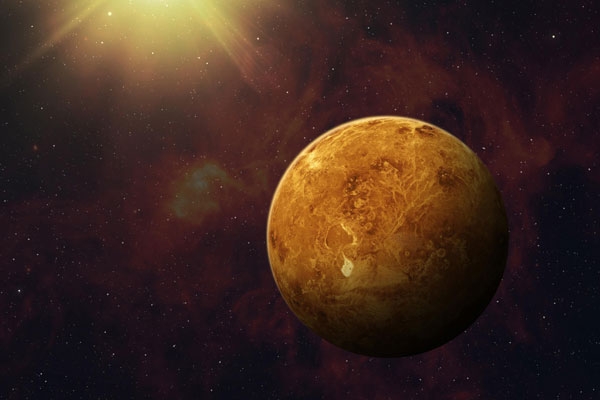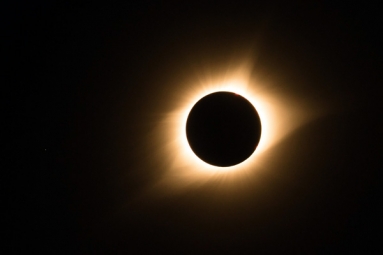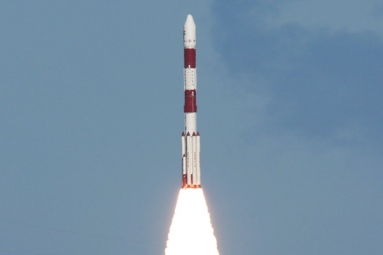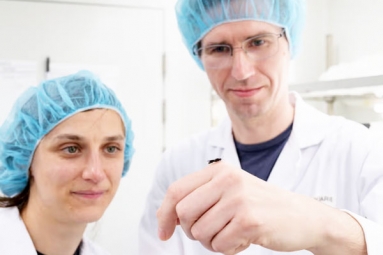
(Image source from: thetimes.co.uk)
Scientists were on research to find biological traces in several galaxies but did not expect to find a source on our neighbor.
The scientists during their research were surprised by the results as they detected the presence of phosphine gas on the clouds of Venus. Now the bigger question in front of them is, is this a sign of alien life?
This new research was published in the journal ‘Nature Astronomy’ on Monday which detailed the recent discovery of the gases as well as about the origin of these gases on the Venus clouds.
While the scientists of this research are not making any claims on the detection of life, the possibility of extraterrestrial life cannot be ruled out.
An astrobiologist who worked on this research, Janusz Petkowski from the Massachusetts Institute of Technology said that there is an unexplained process that led to the formulation of Phosphine gas.
However, the researchers also signaled that this could not possibly mean the presence of alien life. The deposits of phosphine gas can also be caused by the microorganisms in the upper atmosphere of the Venus which is roughly 150 million miles away from its closest planet Earth which is practically the planet next door.
A molecular astrophysicist who devoted her life to studying Phosphine at MIT, Clara Sousa-Silva, said that this discovery came as a surprise to her as she researched for the presence of this gas on several other far places in the Universe but was surprised to found it just nearby.
The researchers have explored all the possible reasons for the phosphine gas to be present on Venus, like volcanoes, lightning but they have found nothing to explain it.
Meanwhile, on Earth, phosphine comes from microorganisms that break down the plants and animals that lack oxygen. It is usually found with the related gas called diphosphane which actually smells like a rotting fish.
This makes phosphine a chemical signal that can be detected through the spectroscopic telescopes that could indicate that at least simple forms of life could be present on Venus.
There are a few possibilities to make phosphine gas chemically in the extreme temperatures inside the gas giants Jupiter and Saturn but there are no known ways till now to make the gas on the rocky surfaces like Venus.
What scientists have found is that the gas must be continuously produced to make up for such a proportion of Phosphine clouds.
Venus, in size, is similar to the size of the Earth orbits near the sun but it is an inhospitable place that has the surface temperatures hot enough to melt a thick atmosphere that can make the planet unbreathable to humans.
Scientists predict that the microbes might survive in the clouds of Venus which are located 30 to 40 miles above the surface where it is cool enough for the water to form though it is a highly acidic environment.
However, Scientists say that it would be very hard to say that the gas is definitely coming from the Planet Earth unless there is enough evidence to prove it.
By Gayatri Yellayi






















